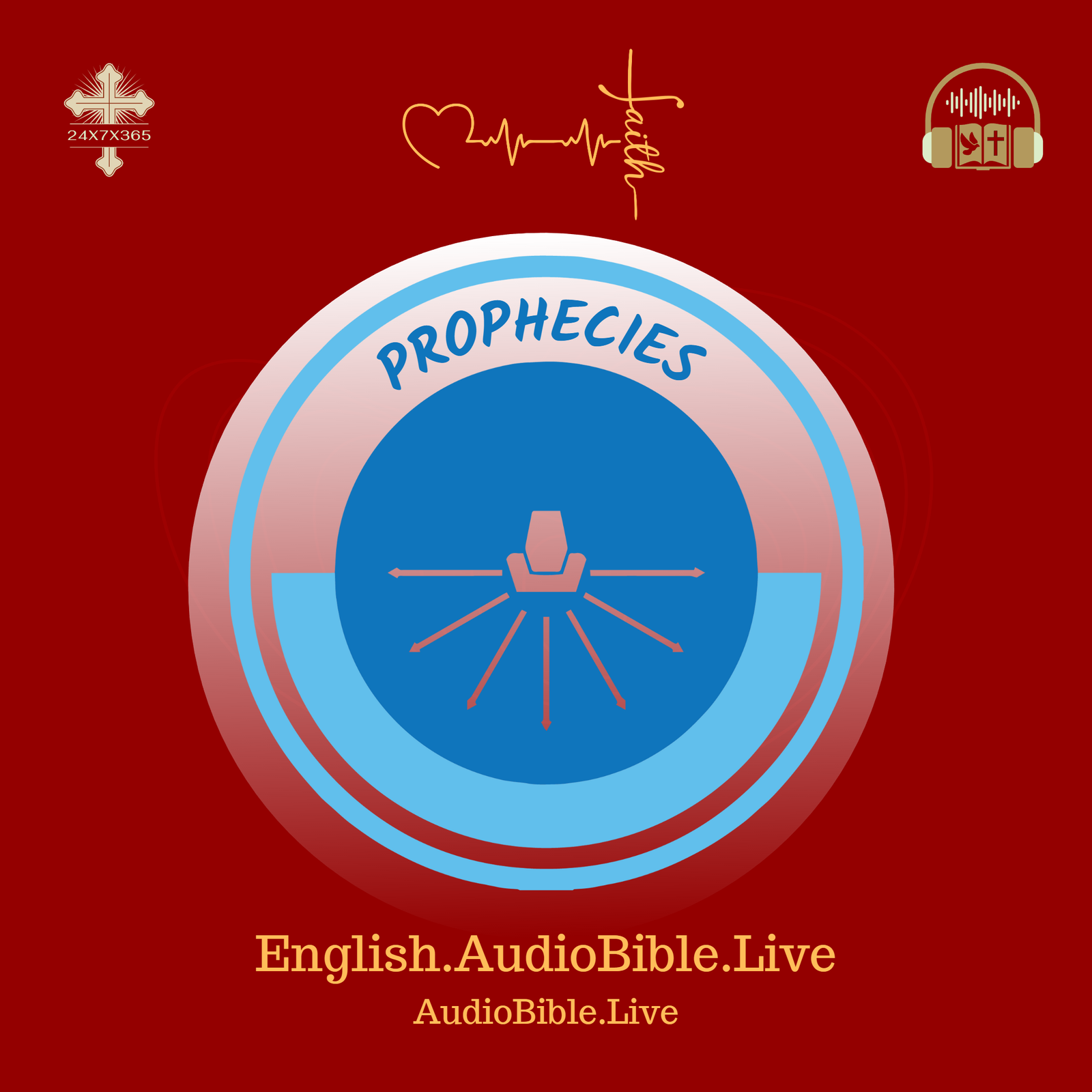New Testament
The New Testament is the second part of the Christian Bible and contains 27 books written in the first century AD by various authors. It focuses on the life, teachings, death, and resurrection of Jesus Christ and the establishment of the early Christian church.
The New Testament is divided into four main sections: the Gospels, the Historical Books, the Pauline Letters, and the General Letters. The Gospels, which include Matthew, Mark, Luke, and John, provide a detailed account of the life and teachings of Jesus Christ, including his birth, miracles, parables, teachings, crucifixion, and resurrection.
The Historical Books, including Acts of the Apostles, provide a history of the early Christian church, beginning with the ascension of Jesus and the coming of the Holy Spirit at Pentecost. Acts follows the travels and teachings of the apostles, including Peter and Paul, and provides a glimpse into the growth and development of the early church.
The Pauline Letters, written by the apostle Paul and his followers, include 13 letters addressed to various early Christian communities. These letters provide guidance and instruction on a range of theological and ethical issues, including salvation, faith, the role of women in the church, and the relationship between Jews and Gentiles.
The General Letters, including James, 1 Peter, 2 Peter, 1 John, 2 John, 3 John, and Jude, are addressed to a wider audience and deal with a variety of topics, including Christian living, the nature of God, and the danger of false teachers.
The New Testament also contains the Book of Revelation, which is a highly symbolic and apocalyptic work that describes the end of the world and the ultimate triumph of God’s kingdom.
Overall, the New Testament provides a unique and powerful account of the life and teachings of Jesus Christ and the growth and development of the early Christian church. It continues to be a source of inspiration and guidance for millions of Christians around the world.




